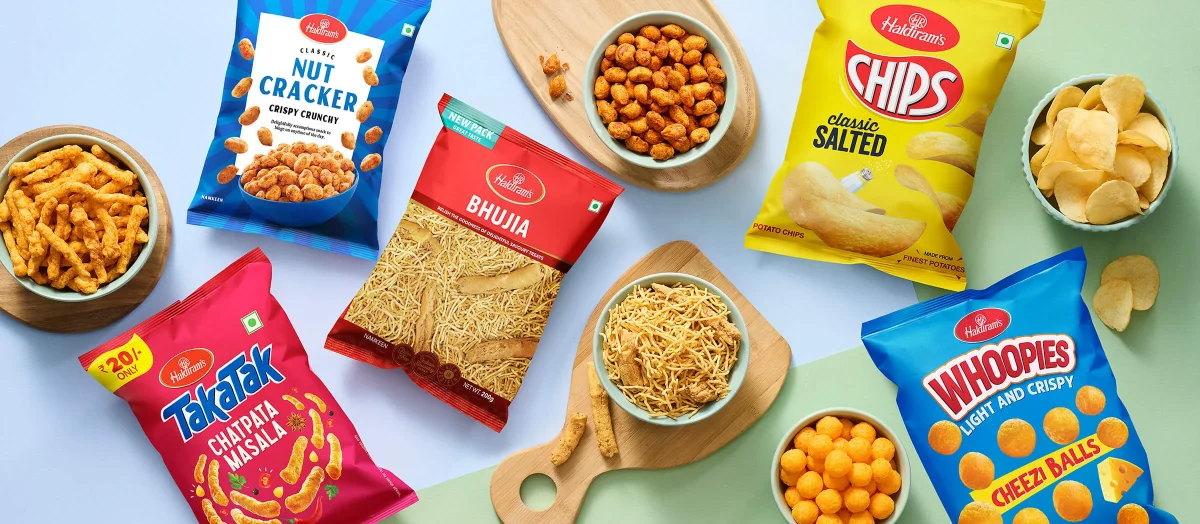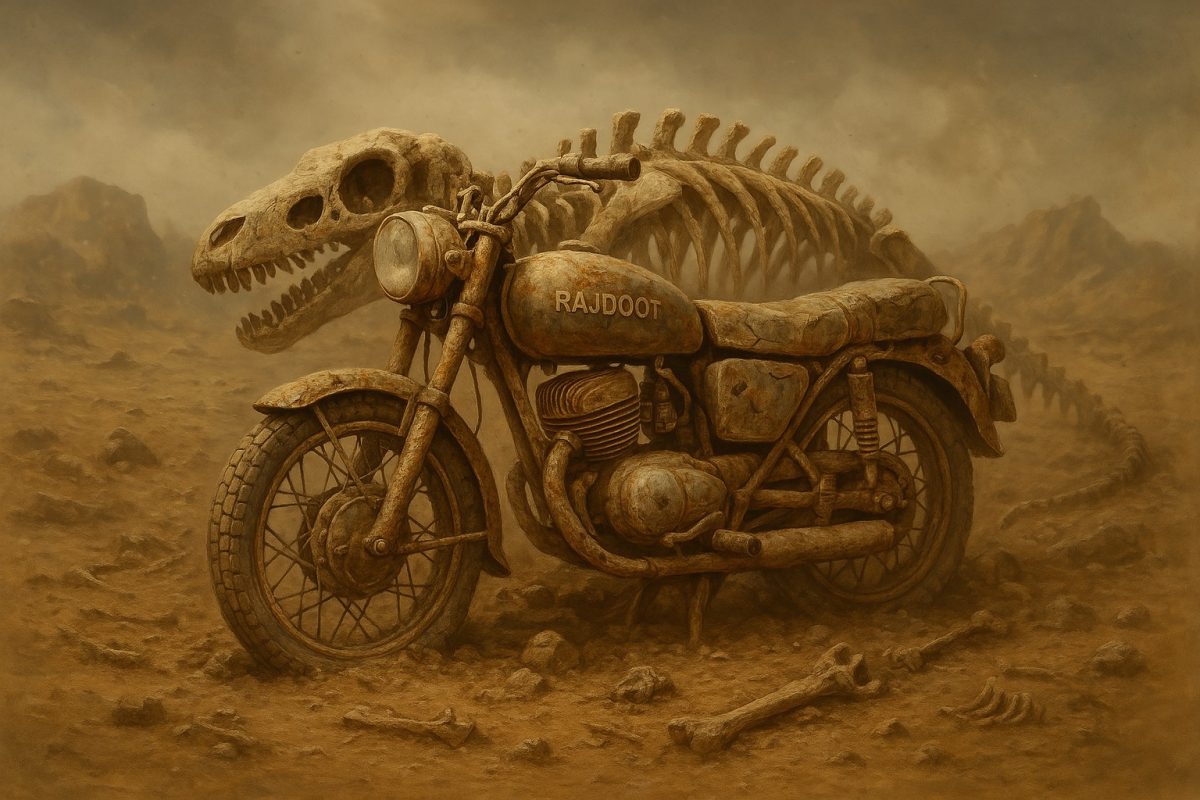Digital India 2025: UPI Has Replaced Cash — Your Phone is Now Your Wallet!
India is no longer a cash-driven economy — it’s a QR-powered nation. From roadside vendors to luxury salons, everyone is now accepting digital payments through UPI (Unified Payments Interface). As we step into 2025, UPI has transformed into one of the world’s most advanced and accessible payment systems.
What does the digital payments landscape look like in 2025?
With widespread smartphone usage, UPI is now the most trusted and fastest way to make transactions in India. Banking has moved from branches to palms — right into the hands of millions.
The numbers don’t lie – UPI’s massive growth
This graph clearly shows how UPI transactions grew from 12 billion in 2020 to over 145 billion by 2025, marking India’s leap toward a cashless economy.
Why has UPI become India’s #1 payment method?
1. Frictionless Payments
No need for OTPs, card swipes, or login delays — scan the QR and pay instantly.
2. Accepted Everywhere
From tea stalls to airports, every business now displays a QR code making cash nearly obsolete.
3. Secure and Smart
With UPI 2.0 and UPI 3.0, features like multi-layer encryption, debit/credit support, and auto-pay mandates have made transactions secure and scalable.
More than payments — it’s a fintech revolution
UPI is not just a government initiative. It’s now fueling startups, fintech apps, digital wallets, and small business integrations. Thousands of local vendors are going digital every month, thanks to this ecosystem.
- If One QR Code Can Power a Nation, Why Not Build Your Own ‘Bada Business’?
- India’s digital payment boom shows that even a simple idea like UPI can transform into a billion-dollar revolution.
- Bada Business gives aspiring entrepreneurs the handholding support they need to enter fintech, launch digital products, or start their own scalable ventures.
- Whether you dream of building a payment solution, integrating UPI in retail, or launching your own financial services — Bada Business helps you go from startup idea to IPO.
- So don’t just use UPI — build on it. Turn your digital idea into a ‘Bada Business’ that contributes to a stronger, smarter, cashless India.






